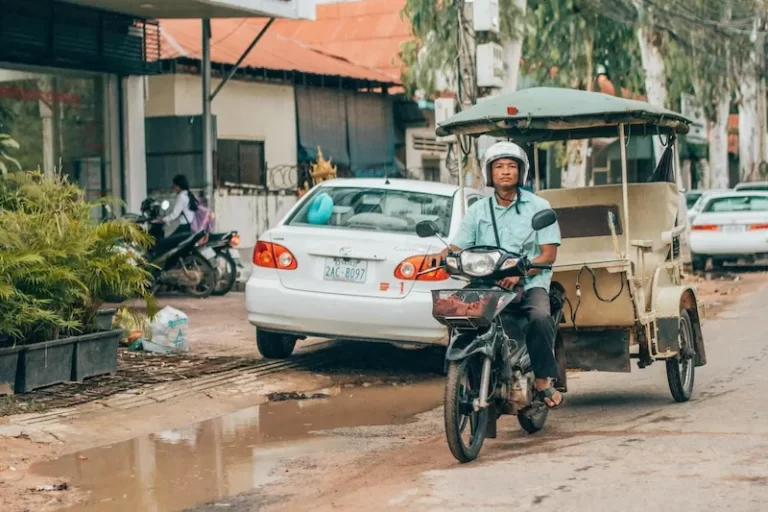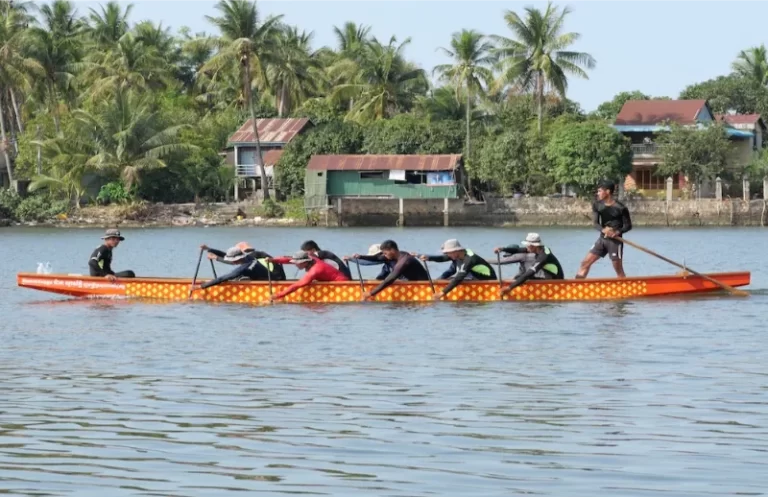Kampot Has Changed

Nestled along Cambodia’s serene southern coastline, Kampot was once a peaceful retreat for backpackers and free-spirited travellers. Today, it’s a town of stark contrasts, where growth and opportunity clash with the loss of its original charm—and the changing landscape is also felt by the generations of Khmers who were born and bred here. Here are 6 shocking ways Kampot has changed, for better or worse.
1. From Hippie Haven to Tourist Hotspot
Khmers now travel to Kampot rather than the once-beautiful Sihanoukville, which has fallen into disrepair. Sihanoukville is now filled with derelict buildings and is often considered a dangerous destination. Once a tranquil haven for backpackers, Kampot now attracts a mix of expats, locals, digital nomads, and luxury travellers.
Once a quiet place for reflection, the riverside is now lined with trendy cafes, boutique hotels, and bustling bars. While these developments have brought new attractions, they’ve also altered the town’s atmosphere.
For those yearning for the Kampot of old, a trip to the outskirts or less-visited corners will offer a taste of its former beauty. While pockets of charm remain in the centre, the rise of establishments—particularly girly bars—means that these havens are becoming rarer. If you’re seeking something quieter, explore Kampot’s hidden gems. Need inspiration? Check out A Hidden Gem | 6 Kampot Riverside Charms to Love.
2. Girly Bars and Human Stories
Perhaps the most controversial change in Kampot has been the rise of girly bars, which cater to an influx of older Western men. While these establishments are legal, they have dramatically altered the town’s atmosphere. Many bars employ young Khmer women who offer companionship in exchange for drinks or financial support.
Some relationships evolve into genuine partnerships, but many are built on financial dependency, leading to heartbreak and legal disputes. This trend perpetuates harmful stereotypes and overshadows Cambodia’s rich culture and traditions.
The growth of this nightlife scene has driven away some tourists and families, with locals and tour leaders frequently expressing concerns: “We don’t want to visit Kampot anymore because of the bars.” If this trend continues, Kampot may lose its appeal to visitors, who may turn instead to neighbouring Vietnam.
Beyond tourism, this shift impacts Cambodia’s global image. Visitors uncomfortable with the sight of older men with much younger women may also be unaware of the struggles of those involved in these transactions.
Local hospitals feel the strain too—facilities like Sonja Kill Memorial Hospital a non-profit hospital and Calemette are burdened with unpaid medical bills. These are from expats who pass away without settling their debts, draining resources that should be used to save Khmer lives.
3. Authenticity vs. Commercialisation
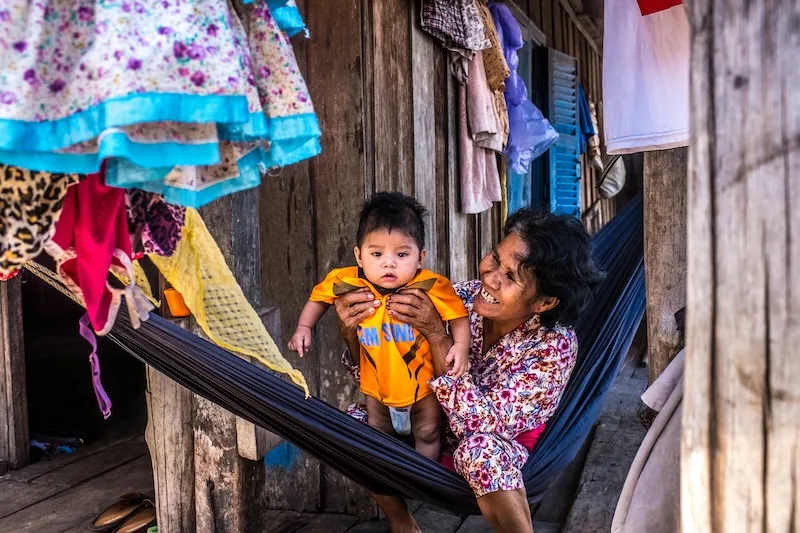
While development has brought convenience, it has also diminished Kampot’s authenticity. This isn’t necessarily a bad thing, as change is the only constant, but it’s the bars in the centre of town that are eroding Kampot’s core.
Traditional Khmer restaurants are being replaced by Western-style cafes, and girly bars. Family-run businesses in the town centre are struggling to cope with the noise, conflicts, and the rise of hour-by-hour guesthouses, akin to trends in Thailand.
However, the authentic Kampot experience is still within reach for those willing to explore. Head to the local markets, engage with Khmer artisans and venture into quieter areas where life continues much as it always has.
For those eager to sample authentic Cambodian cuisine, here’s a guide to Cambodian Food – 17 Sensational Traditional Dishes.
4. Kampot’s Hidden Struggles
Beneath the town’s picturesque exterior, issues like child begging and exploitation persist. Many well-meaning tourists give money to barefoot children on the streets, unaware that these children are often part of organised begging rings controlled by adults who take the earnings.
This cycle prevents children from attending school, with many instead learning English to earn money, often leading to theft or social exclusion. The limited opportunities available frequently push them into bar work, continuing the cycle of exploitation.
Rather than giving cash, consider supporting local organisations that provide education and safe opportunities for these children. By doing so, you can help break the cycle and offer them a brighter future. Cambodia is a beautiful, growing country—let’s help it develop in the right way, not by enabling harmful cycles.
For a deeper look into this issue, read Begging Children And The Detrimental Harm Of $1 In Cambodia.
5. The Governor’s Efforts to Clean Up the Town
Local authorities are aware of Kampot’s evolving identity and are working to clean up certain areas. However, the town centre remains largely unchanged when it comes to regulating the girly bars. Some suggest relocating these bars to an entertainment zone outside the town centre, akin to those in places like Thailand and Amsterdam. This could even become a tourist attraction, allowing both locals and visitors to enjoy Kampot’s charm without the negative impact on the town’s atmosphere.
Perhaps the governor could take a proactive role in creating a designated area, benefiting both the community and himself. Keeping these businesses in the town centre could ultimately harm Kampot’s image in the long term.
While such changes would help preserve Kampot’s family-friendly atmosphere, it remains to be seen whether they’ll come to fruition. For now, the contrast between the peaceful riverside and the lively bar district continues to shape the town’s evolving landscape.
6. Why I Still Love Kampot & Fight to Protect It
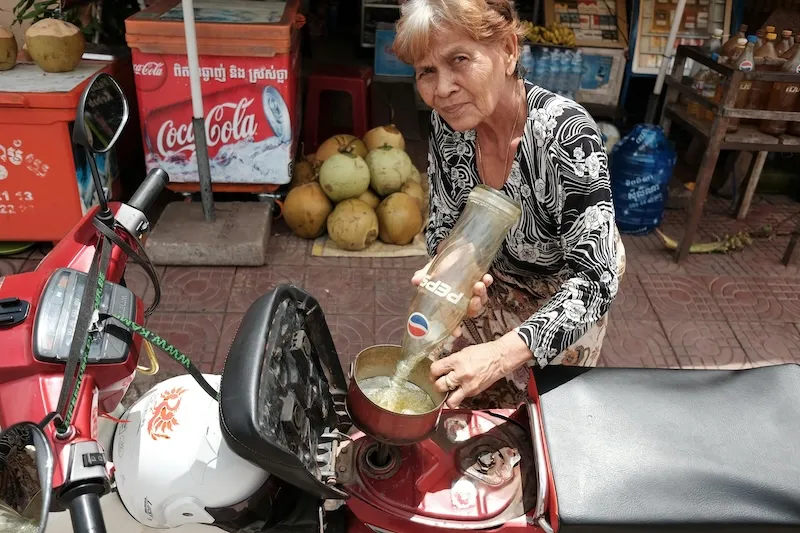
Despite these changes, they are part of Cambodia’s unique character, and I don’t believe Westerners should be the ones to alter what has worked for generations. That said, when embassies and tourists highlight these issues, we should listen and reflect on how we can improve. Kampot remains one of Cambodia’s most beautiful places—the rolling hills, winding river, and warm locals are what keeps me here.
I’m passionate about helping the animals and children of Cambodia, and I won’t let a handful of reckless expats damage the soul of this stunning country.
Through KIRC (Kampot Inclusive Reading Corner), we promote literacy and education, giving young Khmer children opportunities beyond the street. You can read more about our impact in 10 Powerful Reasons To Read And KIRC’s Impact On Learning.
Additionally, my work with Cambodian street dogs continues, ensuring they receive the medical care and love they deserve. If you’d like to support, check out Pay It Forward In 1 Astonishing Life-Changing Way.
Final Thoughts
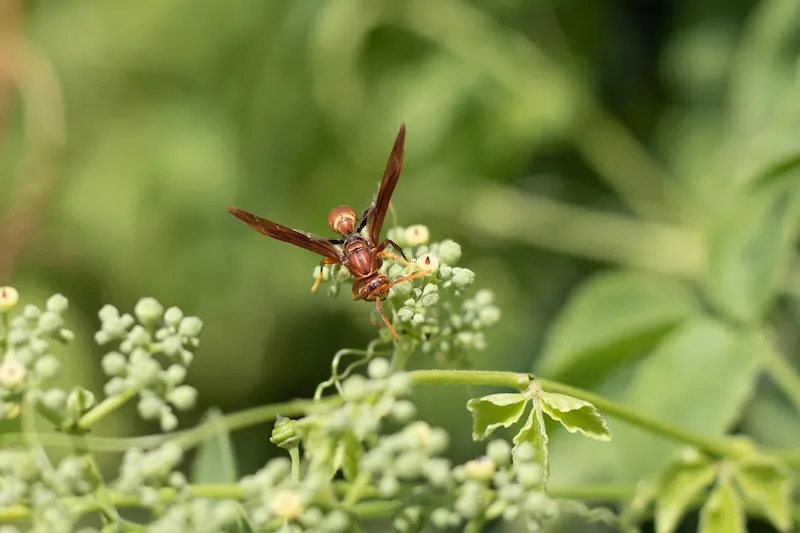
Over the years, I’ve visited many girly bars to support a friend or their friends. The women who work there are human, just like the rest of us, and often have little choice but to turn to this as a means of survival. Ironically, many men believe these women truly love them, unaware that they often juggle multiple relationships. If both parties are content—where the woman receives financial support, and the man enjoys companionship—perhaps it’s a win-win situation.
Of course, each situation is unique. If some men believe that a young Khmer woman truly loves them, it may be a perception they hold, though it doesn’t always reflect the reality of the relationship.
Kampot is evolving, as any place undergoing rapid change does. With growth comes both challenges and opportunities. While tourism and development bring progress, it’s vital to preserve the soul of this riverside town.
If you visit, do so responsibly—respect Khmer culture, Find out more here – 7 Essential Ways To Respect Khmer Culture – A Guide For All
support ethical businesses, and remember that the real magic of Kampot lies beyond its busiest streets.
For more insights into Cambodia’s past and present, check out Cambodia – What Was It Like in 1997 When I First Visited?
What are your thoughts on Kampot’s transformation? Share them in the comments!

